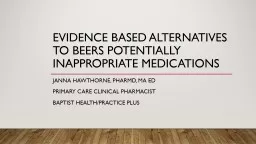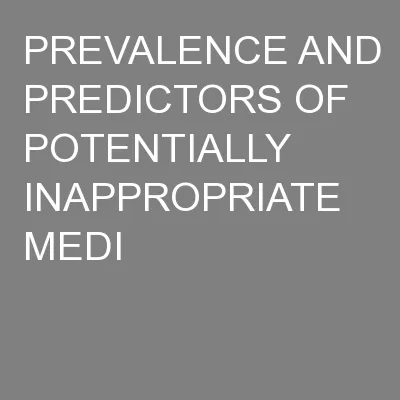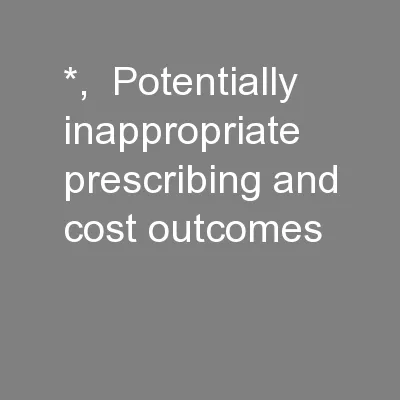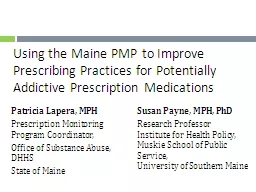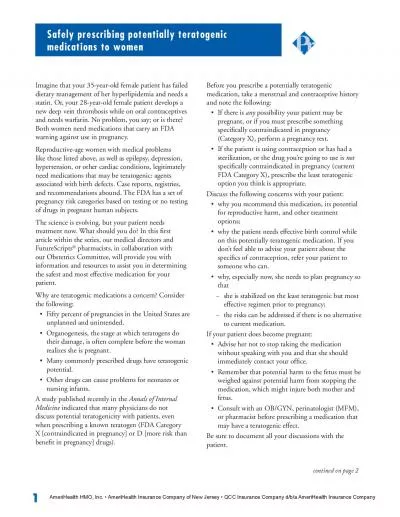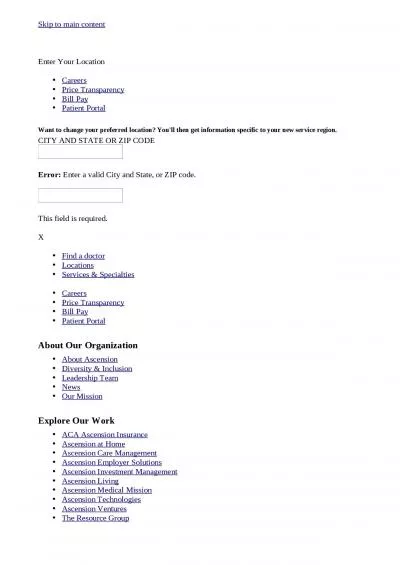PPT-Evidence Based alternatives to beers potentially inappropriate medications
Author : danika-pritchard | Published Date : 2020-04-03
Janna Hawthorne pharmd MA ed primary care clinical pharmacist baptist healthpractice plus No conflicts of interest to disclose Objectives Measure the burden of
Presentation Embed Code
Download Presentation
Download Presentation The PPT/PDF document " Evidence Based alternatives to beers po..." is the property of its rightful owner. Permission is granted to download and print the materials on this website for personal, non-commercial use only, and to display it on your personal computer provided you do not modify the materials and that you retain all copyright notices contained in the materials. By downloading content from our website, you accept the terms of this agreement.
Evidence Based alternatives to beers potentially inappropriate medications: Transcript
Download Rules Of Document
" Evidence Based alternatives to beers potentially inappropriate medications"The content belongs to its owner. You may download and print it for personal use, without modification, and keep all copyright notices. By downloading, you agree to these terms.
Related Documents

